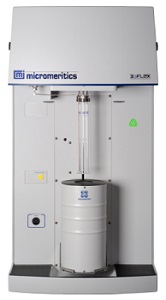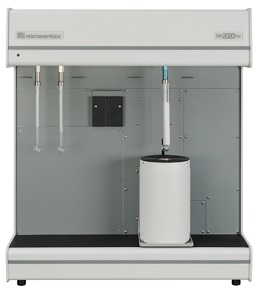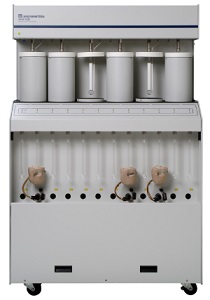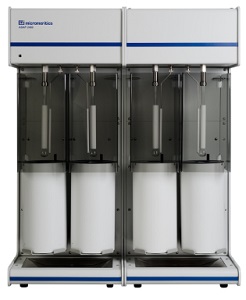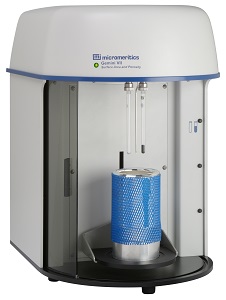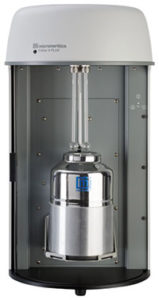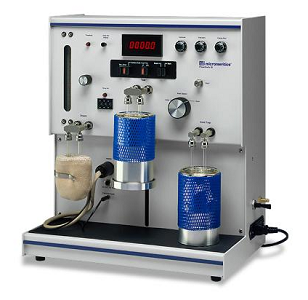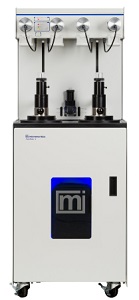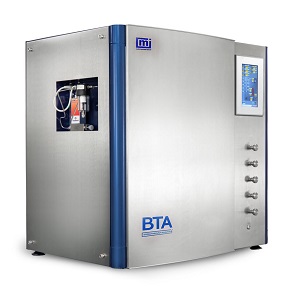Physisorption, Surface Area and Porosity
Surface Area
Surface area and porosity are physical properties that impact the quality and character of solid phase materials. Materials with identical physical dimensions may exhibit entirely different performance profiles based on variations in the physical surface area of the two materials. Surface area measurement is an important analysis used in many industries, including catalysts, zeolites, MOFs, batteries, absorbents, artificial bone, pharmaceuticals, metal powders for additive manufacturing along with a wide variety of other applications and industries.
BET analysis provides precise specific surface area evaluation of materials by nitrogen adsorption measured as a function of relative pressure.
The surface area is determined by calculating the amount of adsorbate gas corresponding to a monomolecular layer on the surface of the material. The technique encompasses external area and pore area evaluations to determine the total specific surface area. BET is used to determine a range of disperse, solid microporous to mesoporous materials.
BJH analysis can also be utilized to define pore area and specific pore volumes through adsorption and desorption techniques. Using BJH analysis you can conclude pore size distribution independent of external area due to particle size of the sample.
Porosity
Any solid material that contains cavities, channels or interstices may be regarded as porous. Porosity influences the physical exchanges and chemical reactivity of solids with gases and liquids. Porosity characterization is of great concern in industrial manufacturing as it influences the behavior of gas adsorption and fluid flow within materials.
Examples of applications that use porosity analysis include:
- Catalyst development, including active components in batteries and fuel cells
- Construction materials such as ceramics, membranes, and metal powders
- Pharmaceutical products
- Oil and gas-bearing shale reservoirs
With a large selection of pore size analyzers that leverage a variety of measurement techniques – including gas sorption and mercury intrusion – Micromeritics can fulfill almost any need for detailed porosity characterization.
Breakthrough Analysis
Breakthrough analysis is a powerful technique for determining the adsorption capacity of an adsorbent under flow conditions. Dynamic breakthrough adsorption provides many advantages over static adsorption measurements. When conducting breakthrough analysis, sample preparation is a critical step in the analysis process to prevent pressure drop and mass transfer limitations. Pressure drop occurs when the interstitial space between particles is too small to accommodate the flowrate of gas. Mass transfer limitations occur when the pore size of the material is similar to the kinetic diameter of the adsorbate. Appropriately sizing particles is therefore critical to obtain the best results.
